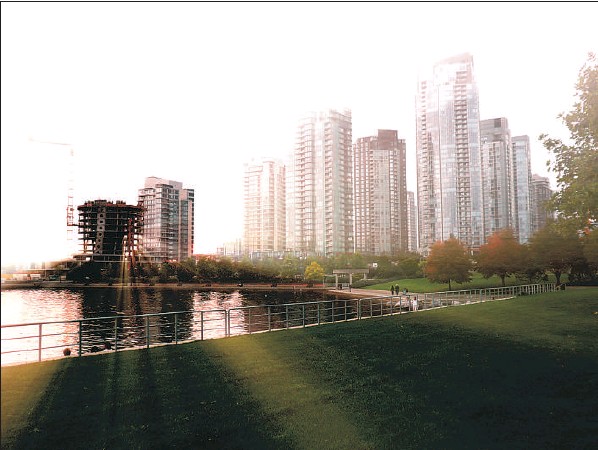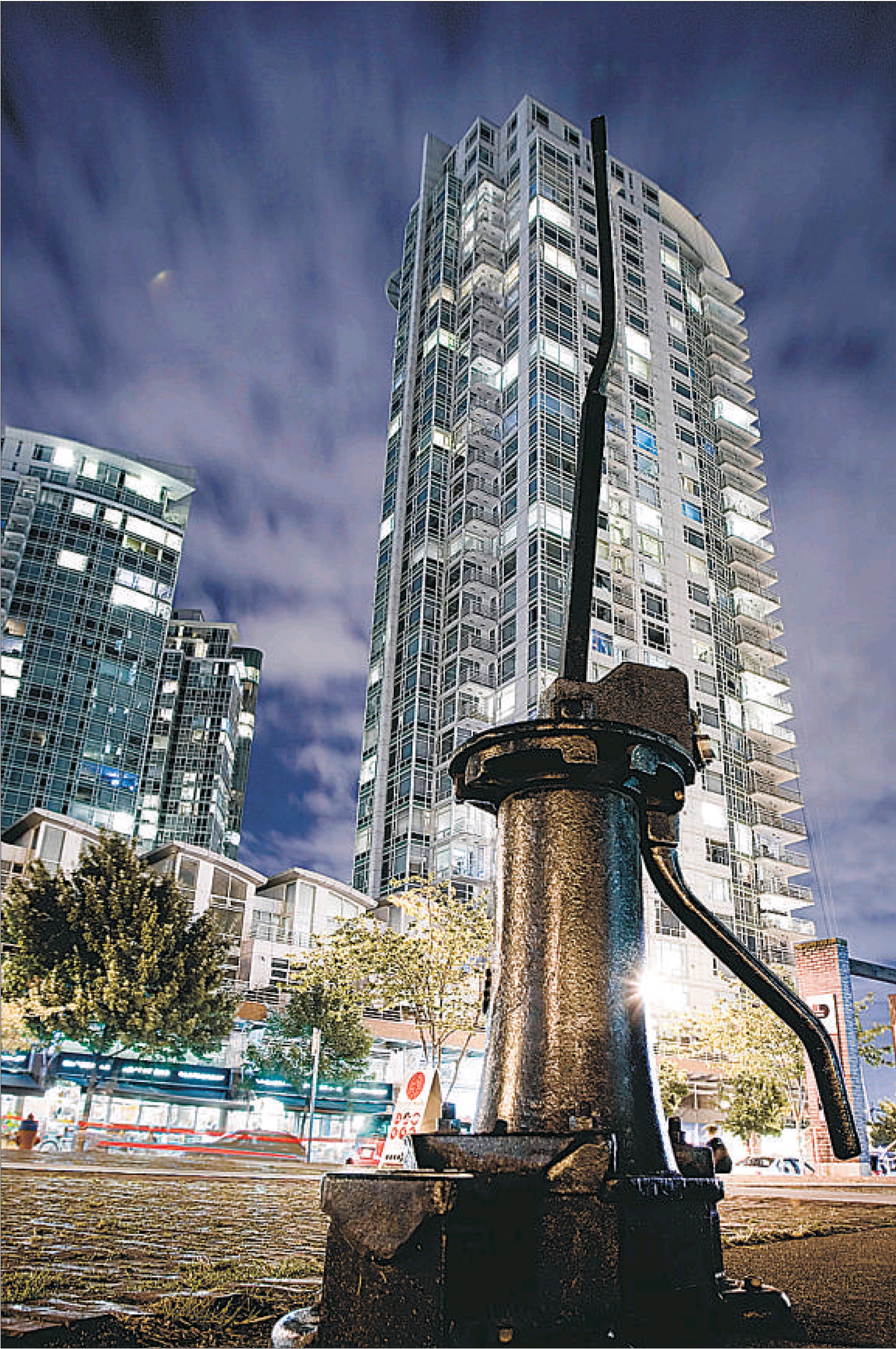False Creek re- purposing unimaginable without provincial, city hall leadership
BOB RANSFORD
Sun




Two massive inner city real estate projects on the opposite shores of Vancouver False Creek should long live on as lessons in the role government can play in urban development and re-shaping a city.
The extension of the seawall along the False Creek waterfront of the Olympic Village has set yet another benchmark for the array of super natural urban experiences Vancouver offers. The noisy construction activity of the sprint to complete the waterfront midrise apartment buildings was only a minor distraction during my recent mid-day stroll along the southeast False Creek shoreline. It would be hard to find a more intoxicatingly beautiful urban setting in the middle of winter in any city in the northern hemisphere. The high quality of the design that shapes this new waterfront promenade seems reason enough to buy most of the claims by politicians who argue that regardless of the final bill to taxpayers for this quickly ballooning construction cost sinkhole, the new Olympic Village residential development is a priceless international real estate gem.
Only the facts ultimately released from secret government meetings and the final tally of project cost and ultimate sales revenue from condo buyers will prove wh eth er this mirage turns into a reality.
Across the water on the opposite shore of False Creek is an equally beautiful example of inner city re-development and the renewal of a once industrial waterfront wasteland.
The old Expo ’ 86 site, home to Concord Pacific’s massive high-rise community, is only a couple of years away from completion after almost 20 years of planning and construction.
Most of the north shore of False Creek has now been built out with a number of examples of the most livable combination of multi-family residences, rich public amenities and wonderful pockets of public open space.
The final pieces of the puzzle — the waterfront east of the BC Place stadium and the adjoining upland area — has yet to be finally resolved, with city hall pushing for completion of the original plan that could see mostly office and commercial development combined with some more entertainment and public uses around the stadium.
The first lesson to be learned from both of these global precedentsetting developments is that without the initiative of government that has the foresight to originally assemble these massive tracts in the heart of the city, re-development of this scale would never have happened.
The Bill Bennett provincial government had the vision and the guts in the late 1970s to agree to host a world’s fair and leave behind the legacy of a massive downtown renewal project.
Leaders like former Socred cabinet minister Grace McCarthy had the smarts and the political courage to invite a foreign developer with deep pockets to take on the Expo lands redevelopment project.
Li Ka-Shing had not only the capital but also the sharp insight to understand the potential of the pending Asian immigration that would follow Hong Kong’s reversion to China.
He invested hundreds of millions of dollars in a new project in a city with then only a regional focus, helping put Vancouver on the global map.
The way an international developer of Li’s scale was attracted to invest in such a project in Vancouver is yet another lesson to be learned from these two development projects.
Enough people guiding the development of the Expo legacy understood what it would take to make the project work without risking taxpayers’ dollars.
The Olympic Village development, yet another initiative of government — this time the city government — is being developed using a different model.
The Millennium development company, a company with international affiliations but with a local development track record of a smaller scale, was selected as the Southeast False Creek site developer.
Original terms of the deal seemed to suggest that Millennium, like Concord Pacific 20 years ago, simply bought the land and would be undertaking the Olympic Village development without risk to city taxpayers.
Many of the details of the deal have been gleaned so far from leaks from secret meetings and from snippets of political double-speak. But it seems like the Olympic Village development was more like a jointventure between the city and Millennium with taxpayers taking on a huge share of the liability. The facts may prove otherwise. If they don’t, and taxpayers have taken on considerable financial risk for the project, there are other lessons then to be learned.
Perhaps the biggest lesson will come from comparing the two projects — the Expo re-development and the Olympic Village development 20 years later. Which one was a better deal for the public? One lesson will remain true. If a city is to be re-shaped, quality development is a key and quality will only be assured when governments play a key role in planning for massive re-development projects of the scale of these two.
